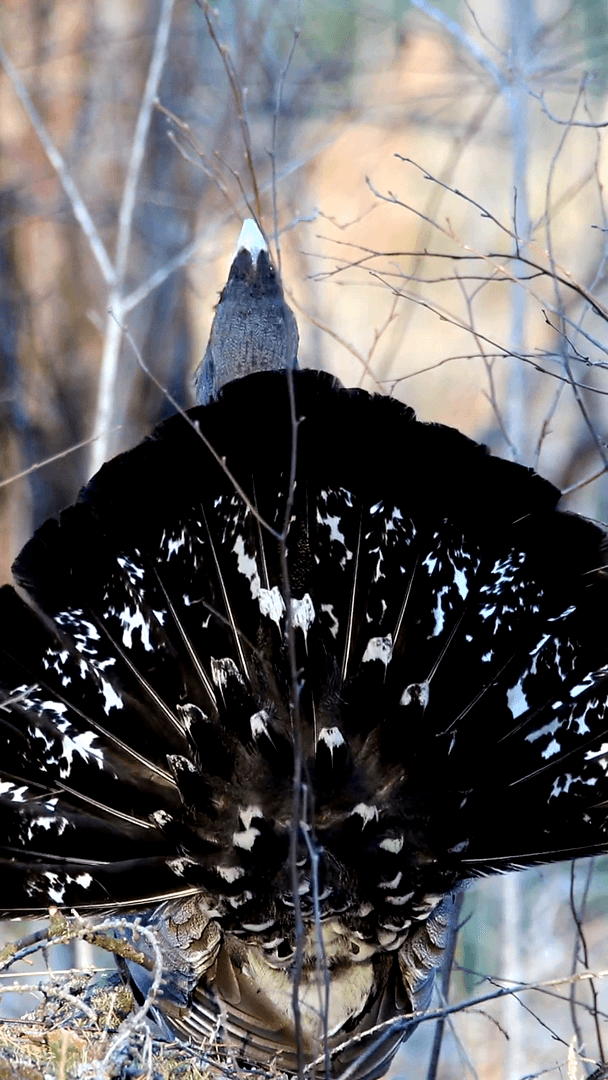
Hunting Perch with Waterfowl Calls From mid-winter through ice-out, Devils Lake guide Jason Feldner “hunts” perch with a system he says can’t be beat. Relying on highly detailed GPS mapping and electronics, signs from Mother Nature and a ‘three call’ system, Feldner quickly locates and ices big perch, day-in-day-out. “When it comes to finding fish, you’ve gotta key in on slight 1-foot depth contours—especially for perch. In mid- and late winter, a good place to start is that 8- to 15-foot range,” says Feldner. Like birds following a migration path, perch slowly travel specific depth contours from mid-winter through late ice to reach their spring spawning areas. “If you can’t get right on those one-foot contours and follow the perch, you’re gonna have a tough time staying on the action,” says Feldner. But to get the contour right, sink an Aqua-Vu camera, and you’ll spy a stockyard of yellow, green and black bars moving amidst swarms of shrimp. “That’s what I try to put my clients on
Post: 17 September 18:23







